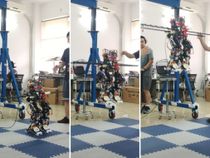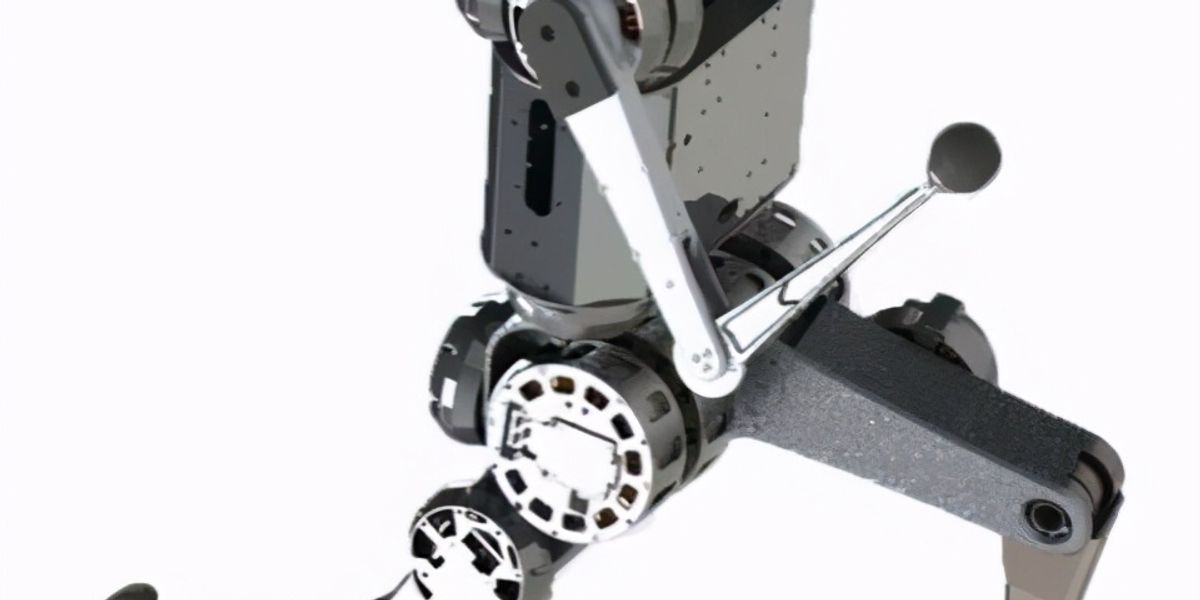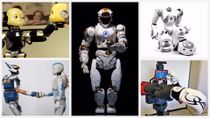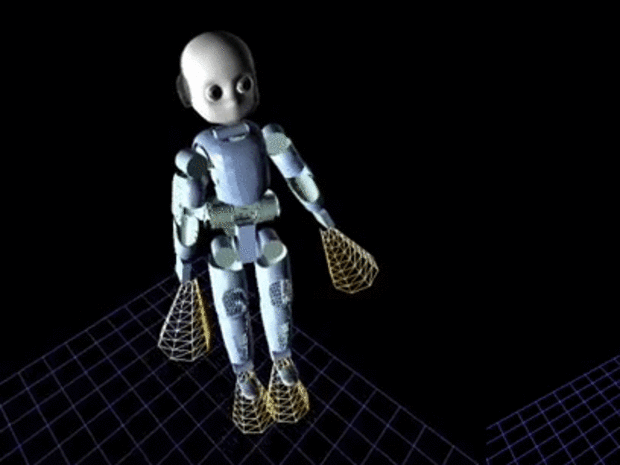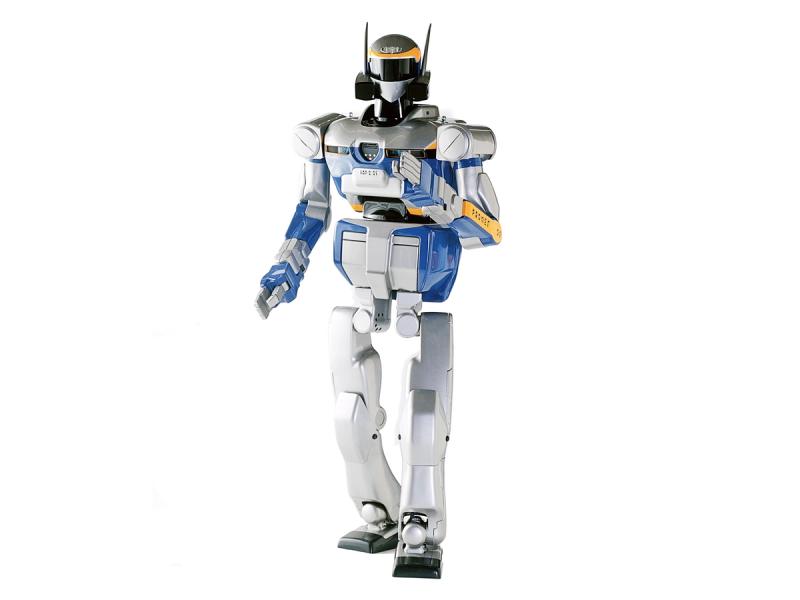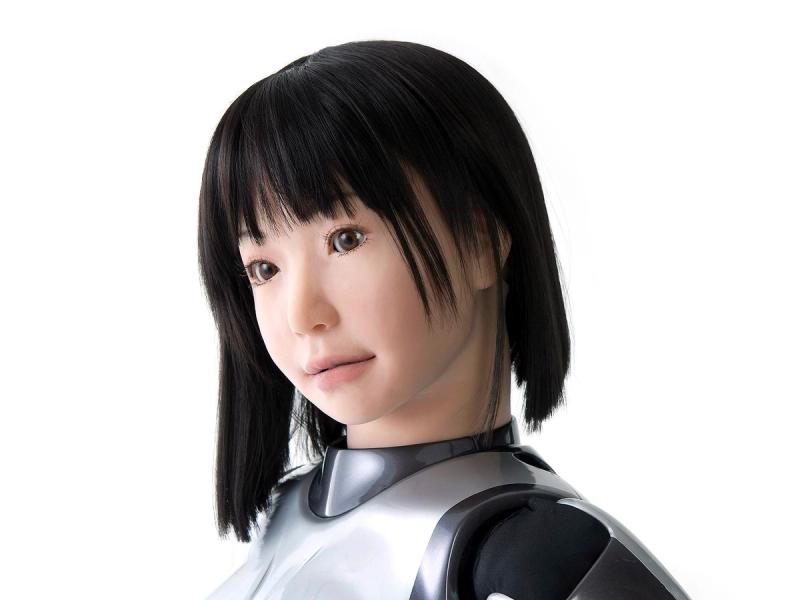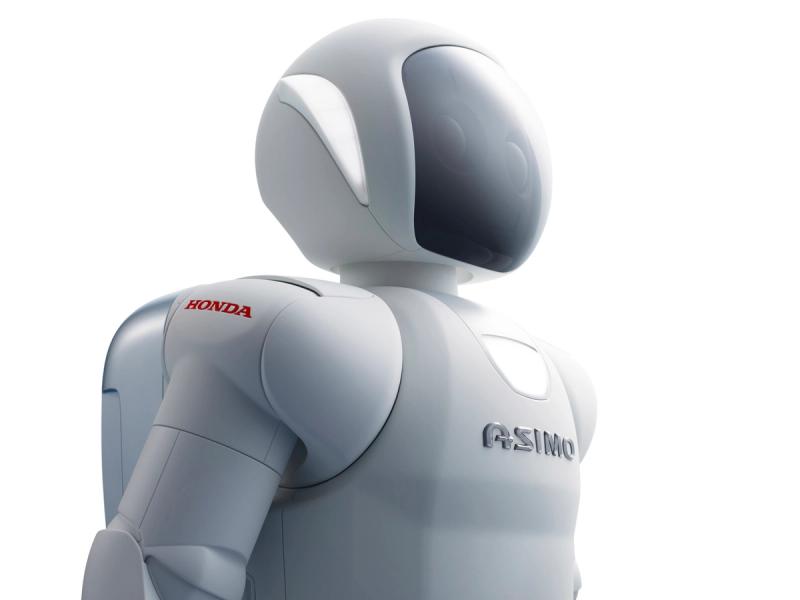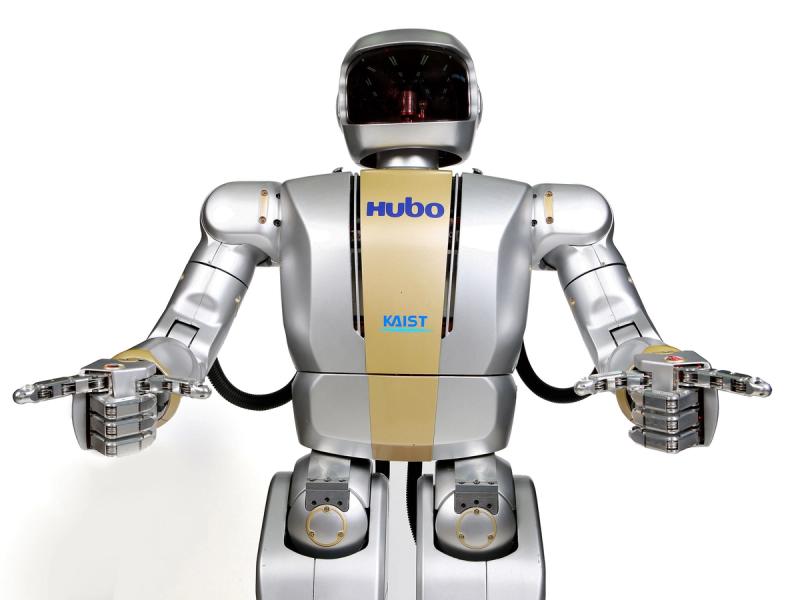HRP-4
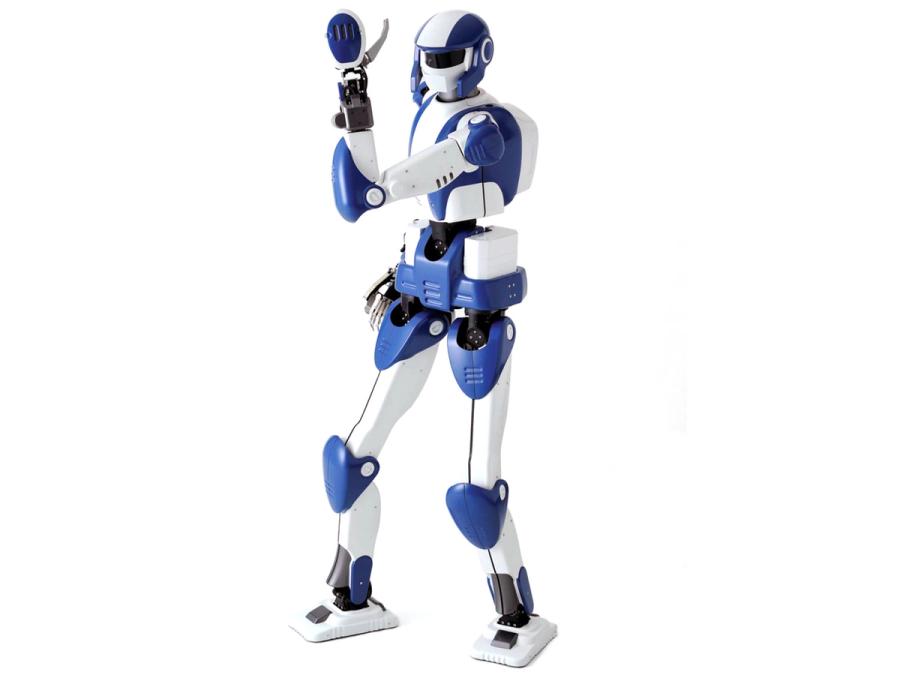
HRP-4 is one of the world's most advanced humanoids, the culmination of a decade of R&D. It's designed to collaborate with humans and can perform remarkably natural, human-like movements.
More Images
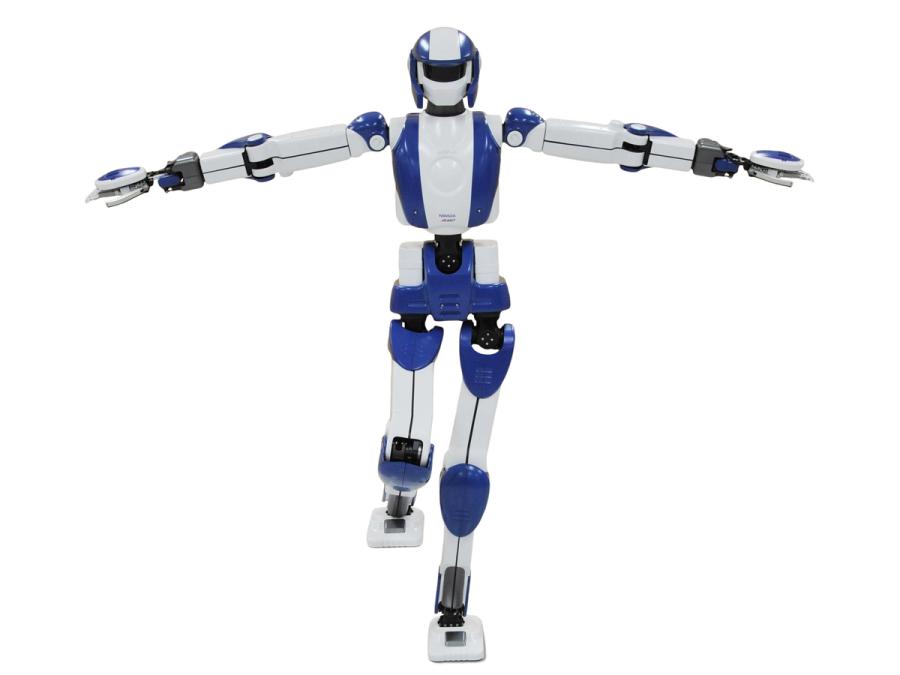
Did you know?
HRP-4 became a YouTube sensation when it was first demonstrated in 2010.
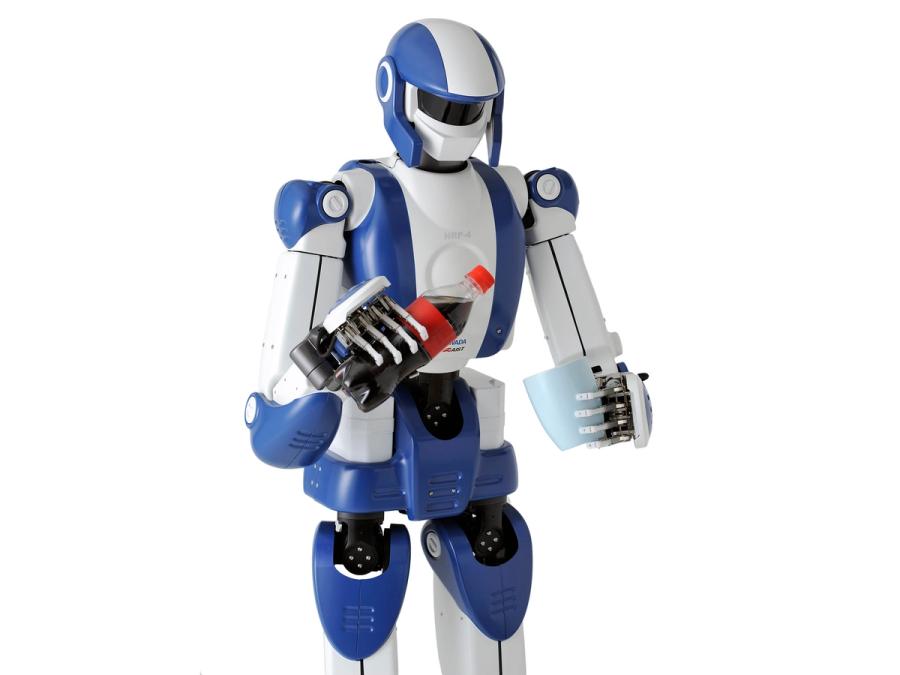
History
HRP-4 is the latest model in the HRP series of robots, the result of a lasting collaboration between Kawada Industries, led by Tadahiro Kawada, and Japan's National Institute of Advanced Industrial Science and Technology (AIST), headed by Tamotsu Nomakuchi. HRP-4 follows the development of HRP-2 in 2002 and HRP-3 in 2006. In this project, engineers from Kawada focused on the humanoid robot hardware while the AIST researchers (including Kazuhito Yokoi, leader of the Humanoid Research Group, and Fumio Kanehiro, a senior researcher) developed the motion-control software. The goal was to make the new humanoid lighter (and therefore safer for human interaction) and yet more capable than previous generations, both in terms of manipulating objects and navigating human environments. The final design was unveiled in September 2010.
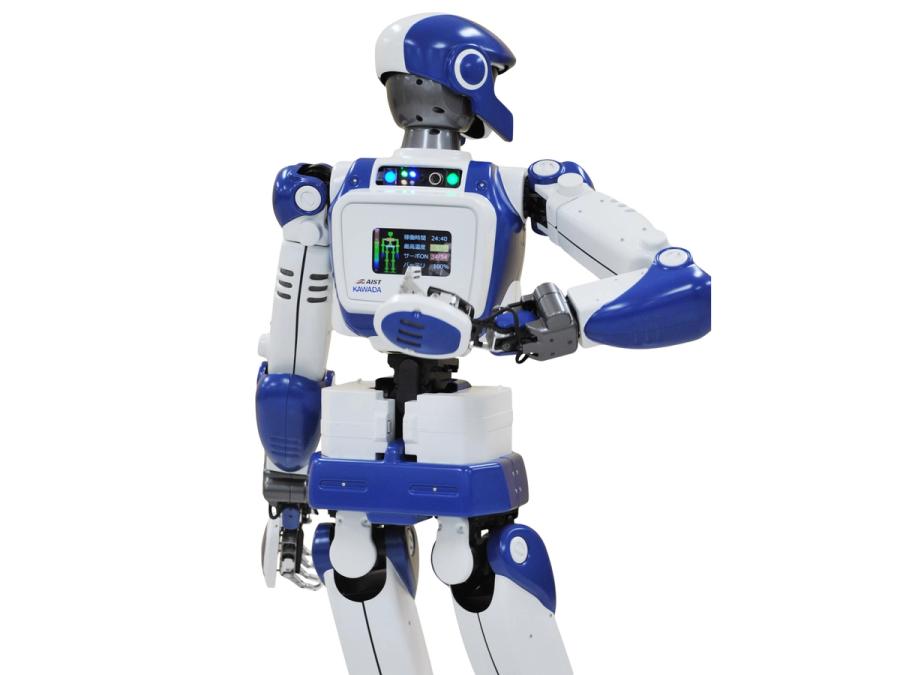
Specs
- Overview
Compact, lightweight design. Able to lift 0.5 kg (1.1 lb) with each arm. Equipped with low-power motors for improved safety.
- Status
Ongoing
- Year
2010
- Website
- Height
- 151 cm
- Weight
- 39 kg
- Sensors
Cameras (in the head and arms), microphones.
- Actuators
80-W motors and lower power motors
- Degrees of Freedom (DoF)
- 34 (Leg: 6 DoF x 2; Neck: 2 DoF; Chest: 2 DoF; Arm: 7 DoF x 2; Hand: 2 DoF x 2)
- Materials
Plastic covers, aluminum alloy frame.
- Compute
PC/104 Pentium M computer with Wi-Fi and speakers.
- Software
Linux OS with RT-PreemptPatch and OpenRTM-aist middleware.
- Cost
- $300,000
